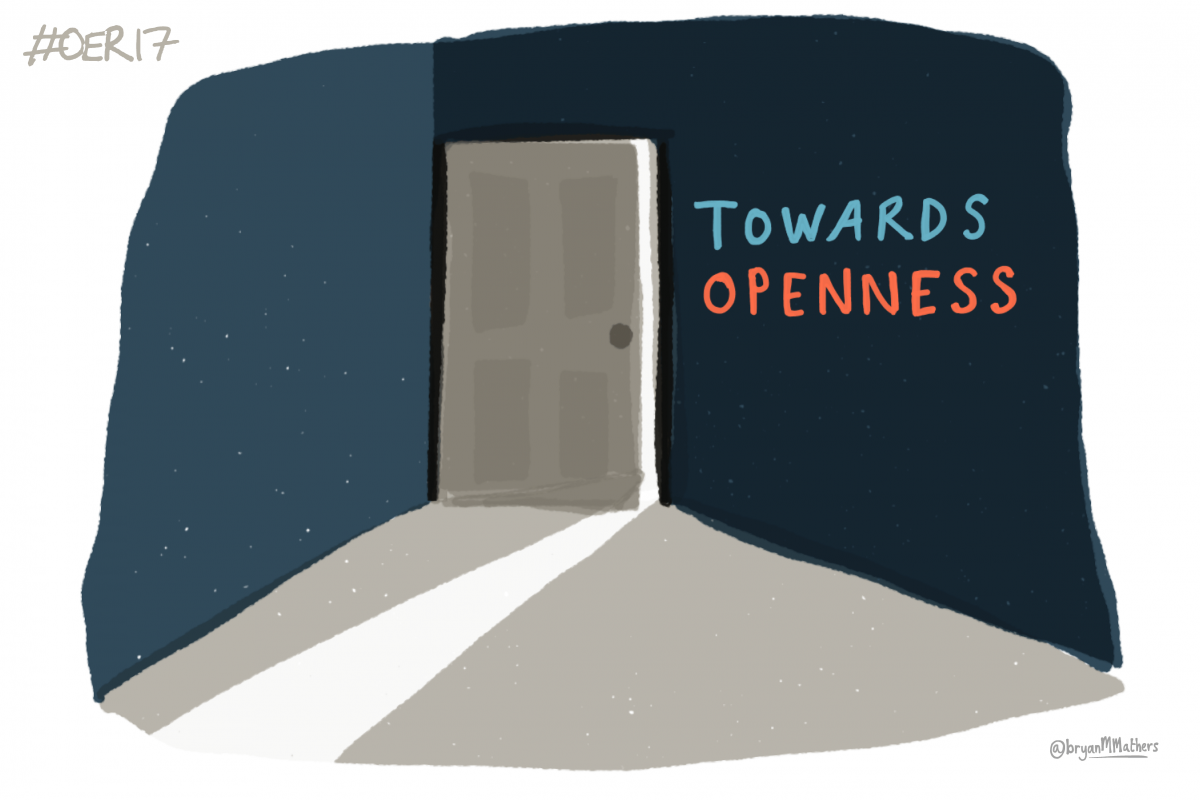tl;dr: I was going to outline ‘Vodafone Create’, a project that I have been working on over the last couple of months but this post turned more into a compilation of my own ground rules of project design than into a project report.
I started out this year with the prospect of a couple of new developments. Professionally, the biggest step was that I quit my gig at the Hamburg University of Technology by the end of last year to shift my focus a bit. At that time, I was still hopeful that new beginnings at Leuphana University would occupy my worklife for most of the time. Those plans did not come through but I remain employed there with a 50 per cent position at the Digital School.
I always like to have one or two projects on the side (podcasting and occasional Virtually Connecting plus X) and it was by some lucky coincidence that another door opened while bigger visions and strategy at my university were being shredded.
I had been working as a freelance consultant / project manager earlier in my career and I never really shut that down completely even though my tax accountant – I am lazy and incompetent with my personal accounting, bookkeeping and the like, and giving this to someone for a fee might not be economically reasonable, but mind-soothing on many levels – hinted at the idea of shutting this down to save money and time at every occasion.
By the end of last year an acquaintance who now works for Vodafone Germany’s department for Learning and Capability Development got in touch. We started talking about my ideas and experience in the realm of connected learning, team and project based learning online, peer feedback and many other things. We talked about the ideas and concepts that were being developed at Vodafone Germany, latest achievements and some of the challenges they had. A consensus emerged that, by working together, we would both learn and move out of our comfort zones to some extent and we started to work on a concept for training and learning that would encompass technological developments, social and societal issues as well as ‘new’ management techniques, creativity techniques and team work. At some point we needed a project title: Vodafone Create. Continue reading →



